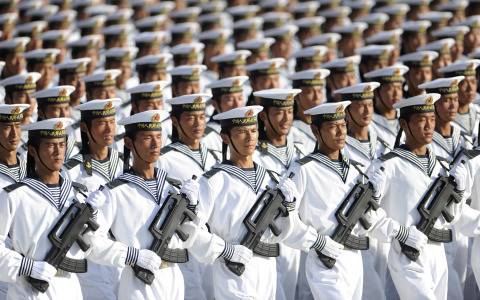The Battle for Ukraine is not a remote war, but one that is taking place in Europe, on the same scale as Stalingrad. One that will decide not just the existence of an independent Ukraine, but whether there will be peace or an expanded war across the whole continent of Europe. As we have noted many times before, this is a battle between NATO and its ally Ukraine against Putin’s Russia. As such, NATO is all in – i.e. we win or lose with Ukraine. But despite the risks if Ukraine loses the war, NATO nations continue to engage on a half-cocked basis. Providing weapons systems only months after a need is identified by the blood of Ukrainians, instead of getting ahead of the combat curve.
Ukraine's stalled spring offensive, as outlined in The Battle for Ukraine 48; The Challenges Of The Phase 3 Break In, is a perfect example of this continuing half-cocked process. NATO effectively equipped nine Ukrainian assault brigades with Western equipment, designed to lead and win an offensive. The essence of such an offensive was always going to be combined-arms warfare, which is highly dependent on air superiority. But NATO has not given Ukraine this capability. Instead, the plan was to deny the airspace above the advance to Russian attack fighters and helicopters, which with enough precision artillery might have been feasible. But, as we reported in late April, Ukraine ran out of S300 missiles, and then had to rely on their few Patriots and NASAMS systems to defend their cites and front lines. An impossible task, made worse by the Russians knowing this and attacking the cities to pin down the SAM systems and prevent them from being used in the offensive. The net result has been an offensive stalled in its early stages, and a rush by some NATO counties to provide more SAMs systems
So the big question is: why has NATO allowed this to happen? It's not rocket science, and surely NATO military commanders are smart enough to identify the key weapons systems that the Ukrainians need to win, and how to integrate them.
One source of this NATO hesitancy has to come from its de facto leader, America. Indeed, Biden’s administration has had to be dragged into providing each tranche of new weapons by the UK breaking the ice first. At times, there is no doubt that the UK manhandled the Biden administration into donating certain weapons. Consequently, Biden has shown his displeasure and innate vindictive nature by blocking Ben Wallace’s candidacy to be the next head of NATO. Which is a shame, as he would have been a determined and resolute leader, who would have sent a strong deterrence signal to Putin and Xi.
Ongoing examples of Biden's hesitancy to provide key war-winning equipment to Ukraine include: the ATACMS missile system, which after the UK's provision of Storm Shadows now seems closer to approval, the provision of Patriot batteries in sufficient numbers to protect Ukraine's cities and front lines simultaneously, and the delays associated with the provision of F16s to Ukraine.
Simultaneously, the weakness and hesitancy of the Biden administration was once more demonstrated by the US response to Prigozhin’s Putsch. Its fear of nuclear weapons falling into the wrong hands prompted it to command Ukraine not to exacerbate the situation by increasing military tempo to take advantage of the Russian commands paralysis.
The key take-homes from this are as follows;
- NATO cannot afford to see Ukraine lose, so it needs to urgently provide more military resources to Ukraine to enable its offensive to be successful.
- NATO needs to provide the complete integrated combat solution to Ukraine, not bits and pieces, months too late!
- US hesitancy is holding back the Ukrainian road to victory, causing more casualties and allowing Russia time to adapt. Until that condition of hesitancy changes, the situation in Ukraine and simultaneously the global security situation, will only worsen.

















